1. Design
1.1. Anytime, Anywhere Learning (~5 slides)
1.1.1. Universal Instructional Design (UID)
1.1.2. Design principles for mobile learning
1.2. Design Thinking is For Educators Too (~15 slides)
1.2.1. Design thinking
1.2.2. Design challenge statements
1.3. Situational Design for Envisioning Learning Opportunities (~10 slides)
1.3.1. Scenarios
1.3.2. User stories
1.3.3. Situational user stories
1.4. Creating Multi-device Learning Experiences for a Connected World (~15 slides)
1.4.1. Multi-device experience principles
1.4.2. Touch interaction design
1.4.3. Ease-of-use pyramid
1.4.4. Emotional design
2. Build
2.1. Responsive Web Design: Agent of Change (~20 slides)
2.1.1. Responsive Web design
2.1.2. Reponsive Web design workflow
2.1.3. Responsive sketching
2.1.4. Content Inventories with Prioritization
2.2. Leveraging Your LMS/CMS With a Responsive Framework (~15 slides)
2.2.1. HTML5
2.2.2. Responsive HTML frameworks
2.2.3. Prototyping designs
2.2.4. Using a responsive HTML framework with a LMS/CMS
3. Assess
3.1. Creating a Multi-device Learning Strategy Foundation (~5 slides)
3.1.1. What defines a good strategy?
3.1.2. Why - solve problem or address opportunity?
3.1.3. Who - who is the audience?
3.1.4. What - what value is provided?
3.1.5. Where - where is it to be delivered?
3.1.6. When - when is it needed to be delivered?
3.1.7. How - how is it to be created?
3.2. Defining and Assessing the Learner Experience (~15 slides)
3.2.1. Usability
3.2.2. Informal (guerilla) usability testing
3.2.3. User experience (UX)
3.2.4. Learner experience (LX)
4. Course Introduction
5. Fundamentals
5.1. The Many Meanings of Mobile and Mobile Learning (~ 20 slides)
5.1.1. Mobile design
5.1.2. Mobile First
5.1.3. Multi-device design
5.1.4. Experience First
5.1.5. Mobile learning
5.1.6. Five moments of learning need
5.1.7. Forms of mobile learning
5.1.8. Informal learning
5.1.9. Micro-learning
5.1.10. Performance support
5.1.11. Networked Learning
5.2. Software Development + Designing for Learning (~10 slides)
5.2.1. Agile development
5.2.2. Successive Approximation Model (SAM)
5.2.3. Open Education
